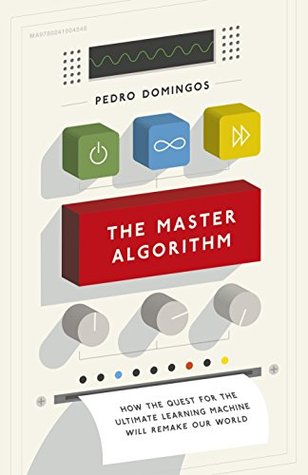If we allow different bits to represent different inputs, the inputs no longer have to compete to set the same bits. Also, the network now has many more parameters, so the hyperspace you’re in has many more dimensions, and you have many more ways to get out of what would otherwise be local maxima. This is called a sparse autoencoder, and it’s a neat trick. We haven’t seen any deep learning yet, though. The next clever idea is to stack sparse autoencoders on top of each other like a club sandwich. The hidden layer of the first autoencoder becomes the input/output layer of the second one, and so
...more
Welcome back. Just a moment while we sign you in to your Goodreads account.


